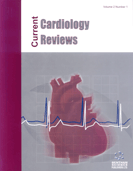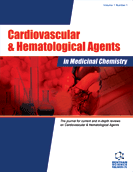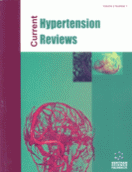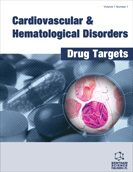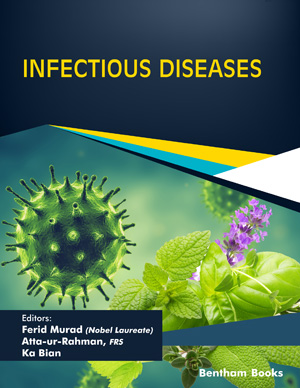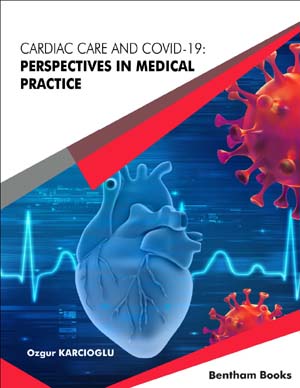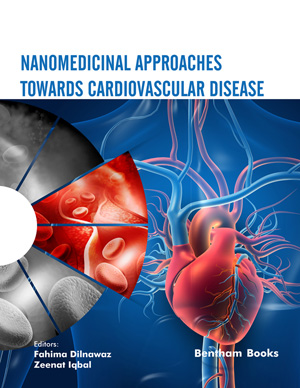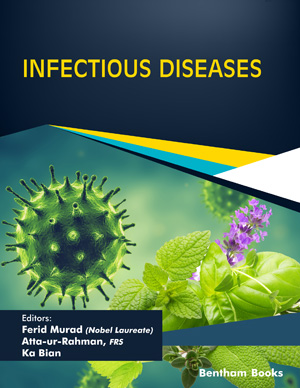Abstract
Managing coronary thrombus is a challenging task and requires adequate knowledge of the various antithrombotic agents available. In this article, we will briefly analyze the risk-benefit profile of antithrombotic agents, with critical analysis of the scientific evidence available to support their use. Since thrombus consists of platelets and coagulation cofactors, an effective antithrombotic strategy involves using one anticoagulant with two or more antiplatelet agents. Unfractionated heparin traditionally has been the most commonly used anticoagulant but is fast being replaced by relatively newer agents like LMWH, direct thrombin inhibitors, and Factor Xa inhibitors.
In recent years, the antiplatelet landscape has changed significantly with the availability of more potent and rapidly acting agents, like prasugrel and ticagrelor. These agents have demonstrated a sizeable reduction in ischemic outcomes in patients with ACS, who are treated invasively or otherwise, with some concern for an increased bleeding risk. Glycoprotein IIb/IIIa inhibitors have an established role in high risk NSTE ACS patients pretreated with dual antiplatelets, but its role in STEMI patients, treated with invasive approach and dual antiplatelets, has not been supported consistently across the studies. Additionally, in recent years, its place as a directly injected therapy into coronaries has been looked into with mixed results. In conclusion, a well-tailored antithrombotic strategy requires taking into account each patient’s individual risk factors and clinical presentation, with an effort to strike balance between not only preventing ischemic outcomes but also reducing bleeding complications.Keywords: Antithrombotic therapy, Coronary thrombus, Acute coronary syndrome
Current Cardiology Reviews
Title:Appropriate Anti-Thrombotic/Anti-Thrombin Therapy for Thrombotic Lesions
Volume: 8 Issue: 3
Author(s): Zafar Iqbal, Gurinder Rana and Marc Cohen
Affiliation:
Keywords: Antithrombotic therapy, Coronary thrombus, Acute coronary syndrome
Abstract: Managing coronary thrombus is a challenging task and requires adequate knowledge of the various antithrombotic agents available. In this article, we will briefly analyze the risk-benefit profile of antithrombotic agents, with critical analysis of the scientific evidence available to support their use. Since thrombus consists of platelets and coagulation cofactors, an effective antithrombotic strategy involves using one anticoagulant with two or more antiplatelet agents. Unfractionated heparin traditionally has been the most commonly used anticoagulant but is fast being replaced by relatively newer agents like LMWH, direct thrombin inhibitors, and Factor Xa inhibitors.
In recent years, the antiplatelet landscape has changed significantly with the availability of more potent and rapidly acting agents, like prasugrel and ticagrelor. These agents have demonstrated a sizeable reduction in ischemic outcomes in patients with ACS, who are treated invasively or otherwise, with some concern for an increased bleeding risk. Glycoprotein IIb/IIIa inhibitors have an established role in high risk NSTE ACS patients pretreated with dual antiplatelets, but its role in STEMI patients, treated with invasive approach and dual antiplatelets, has not been supported consistently across the studies. Additionally, in recent years, its place as a directly injected therapy into coronaries has been looked into with mixed results. In conclusion, a well-tailored antithrombotic strategy requires taking into account each patient’s individual risk factors and clinical presentation, with an effort to strike balance between not only preventing ischemic outcomes but also reducing bleeding complications.Export Options
About this article
Cite this article as:
Iqbal Zafar, Rana Gurinder and Cohen Marc, Appropriate Anti-Thrombotic/Anti-Thrombin Therapy for Thrombotic Lesions, Current Cardiology Reviews 2012; 8 (3) . https://dx.doi.org/10.2174/157340312803217175
| DOI https://dx.doi.org/10.2174/157340312803217175 |
Print ISSN 1573-403X |
| Publisher Name Bentham Science Publisher |
Online ISSN 1875-6557 |
 5
5
- Author Guidelines
- Bentham Author Support Services (BASS)
- Graphical Abstracts
- Fabricating and Stating False Information
- Research Misconduct
- Post Publication Discussions and Corrections
- Publishing Ethics and Rectitude
- Increase Visibility of Your Article
- Archiving Policies
- Peer Review Workflow
- Order Your Article Before Print
- Promote Your Article
- Manuscript Transfer Facility
- Editorial Policies
- Allegations from Whistleblowers
- Announcements
Related Articles
-
Chemokines and Chemokine Receptors Blockers as New Drugs for the Treatment of Chronic Obstructive Pulmonary Disease
Current Medicinal Chemistry Variability in Individual Responsiveness to Aspirin: Clinical Implications and Treatment
Cardiovascular & Hematological Disorders-Drug Targets Nocturnal Hypertension, Nondipping Phenomenon and Target Organ Damage in Obstructive Sleep Apnea Patients - The Bad and the Worse
Current Respiratory Medicine Reviews Venoms and Poisonings during the Centuries: A Narrative Review
Endocrine, Metabolic & Immune Disorders - Drug Targets Do Adult Stem Cells Ameliorate the Damaged Myocardium? Human Cord Blood as a Potential Source of Stem Cells
Current Vascular Pharmacology Fatty Liver and Ischemia/Reperfusion: Are there Drugs Able to Mitigate Injury?
Current Medicinal Chemistry Irritable Bowel Syndrome and Drospirenone-Containing Oral Contraceptives; A Comparative-Safety Study
Current Drug Safety Cardiovascular Molecular Imaging: New Methodological Strategies
Current Pharmaceutical Design Novel Therapeutic Approaches Targeting Matrix Metalloproteinases in Cardiovascular Disease
Current Topics in Medicinal Chemistry microRNAs: Promising Biomarkers and Therapeutic Targets of Acute Myocardial Ischemia
Current Vascular Pharmacology Sinus Node If Channel Inhibition – A New Therapeutic Approach to Heart Rate Lowering
Current Drug Therapy Pharmacological Activation of Protein Phosphatase 2 A (PP2A): A Novel Strategy to Fight Against Human Malignancies?
Current Medicinal Chemistry MicroRNA-21 as Therapeutic Target in Cancer and Cardiovascular Disease
Recent Patents on Cardiovascular Drug Discovery Double-Edged Effects of Arsenic Compounds: Anticancer and Carcinogenic Effects
Current Drug Metabolism Emerging Anti-inflammatory Therapies for Atherosclerosis
Current Pharmaceutical Design A Single Pill to Treat Postmenopausal Hypertension? Not Yet
Current Topics in Medicinal Chemistry The Potential of Secondary Metabolites from Plants as Drugs or Leads Against Protozoan Neglected Diseases – Part I
Current Medicinal Chemistry Proteomic Analysis of Mitochondrial Proteins on the Mechanism of Apoptotic Under Amorphophallus konjac Tuber (KONJAC) Extracts in Gas tric Cancer Cell
Current Proteomics Statins and Cardiovascular Diseases: From Cholesterol Lowering to Pleiotropy
Current Pharmaceutical Design Immunoglobulin Therapy, Myocardial Diseases and Atherosclerosis:Recent Experimental and Clinical Studies
Current Cardiology Reviews


